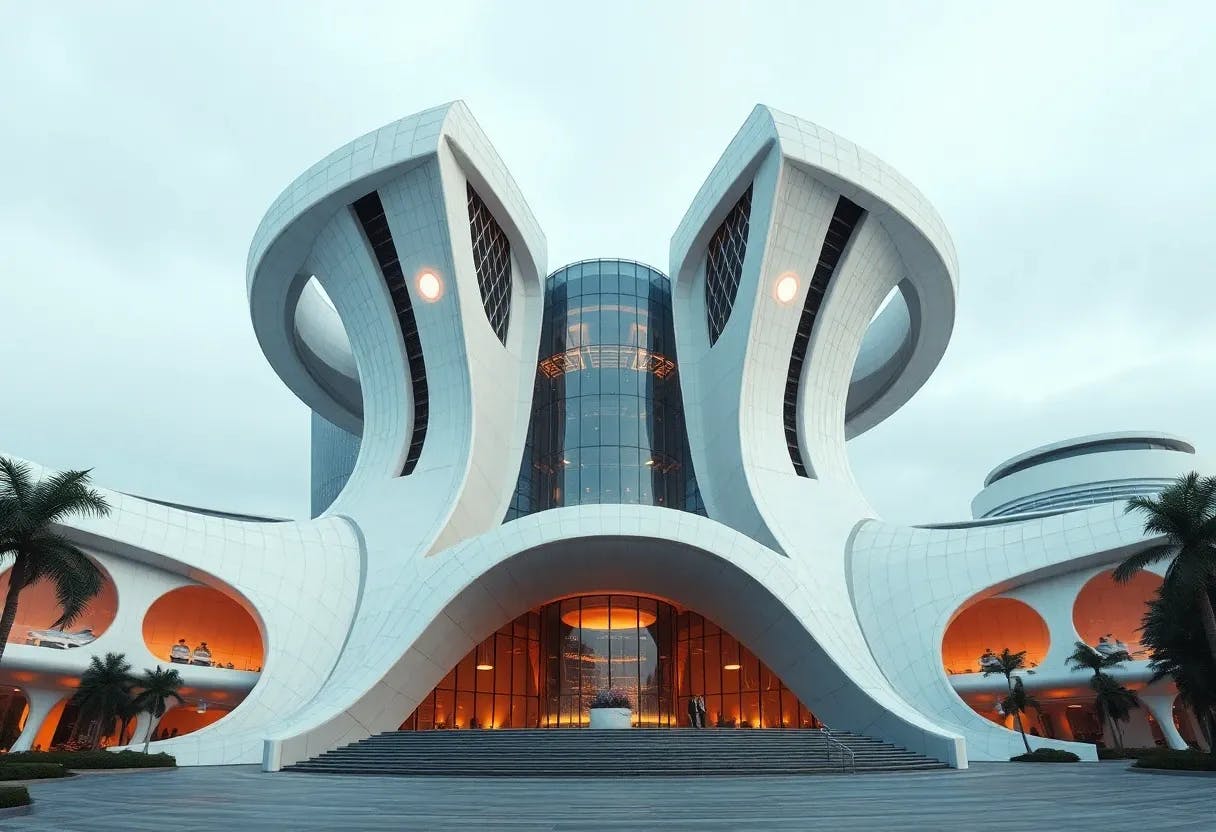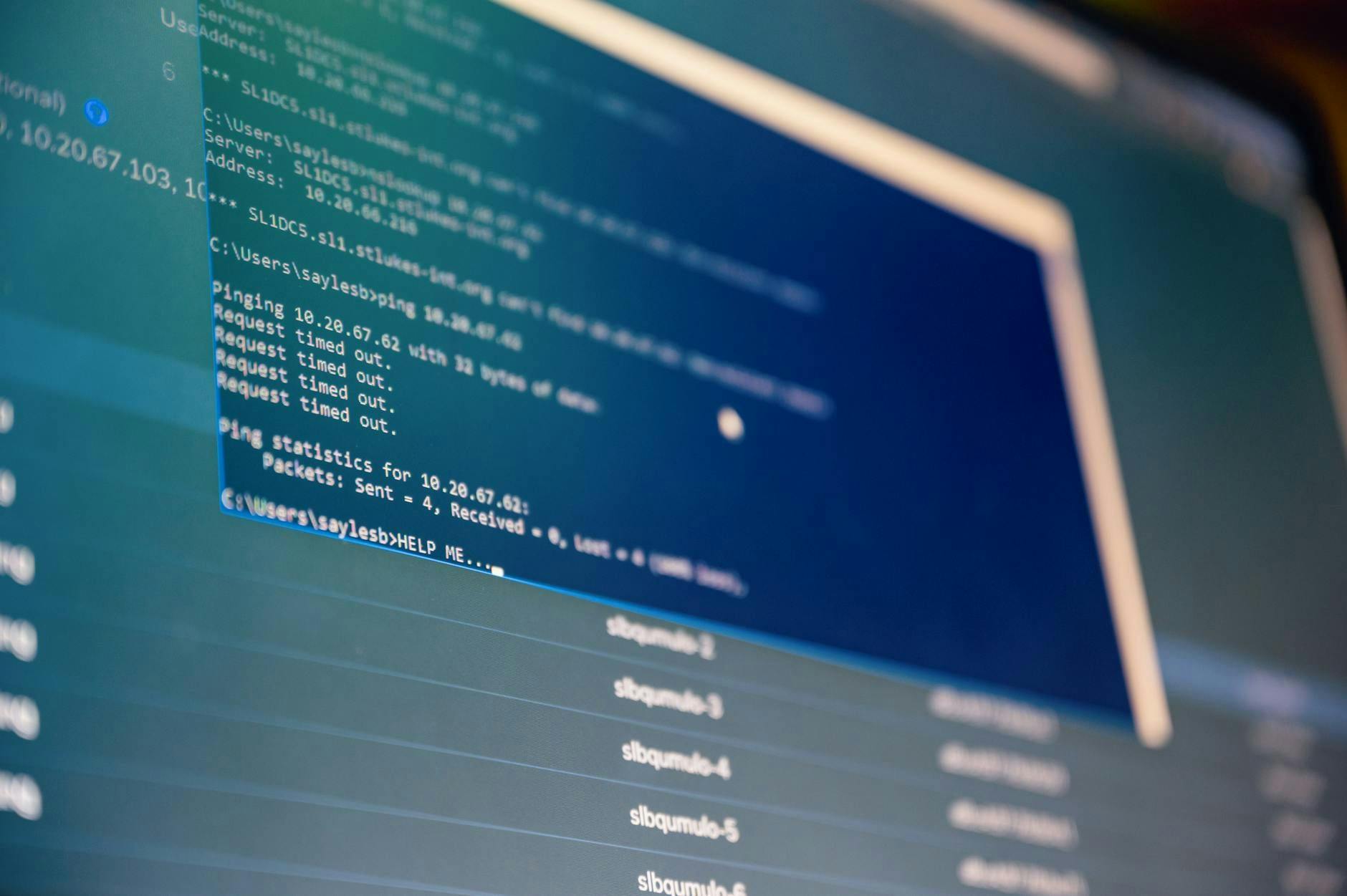Implementation Details of Tree-Diffusion: Architecture and Training for Inverse Graphics

Table of Links
Abstract and 1. Introduction
-
Background & Related Work
-
Method
3.1 Sampling Small Mutations
3.2 Policy
3.3 Value Network & Search
3.4 Architecture
-
Experiments
4.1 Environments
4.2 Baselines
4.3 Ablations
-
Conclusion, Acknowledgments and Disclosure of Funding, and References
\
Appendix
A. Mutation Algorithm
B. Context-Free Grammars
C. Sketch Simulation
D. Complexity Filtering
E. Tree Path Algorithm
F. Implementation Details
F Implementation Details
We implement our architecture in PyTorch [1]. For our image encoder we use the NF-ResNet26 [4] implementation from the open-sourced library by Wightman [38]. Images are of size 128 × 128 × 1 for CSG2D and 128 × 128 × 3 for TinySVG. We pass the current and target images as a stack of image planes into the image encoder. Additionally, we provide the absolute difference between current and target image as additional planes.
\

\
For the autoregressive (CSGNet) baseline, we trained the model to output ground-truth programs from target images, and provided a blank current image. For tree diffusion methods, we initialized the search and rollouts using the output of the autoregressive model, which counted as a single node expansion. For our re-implementation of Ellis et al. [11], we flattened the CSG2D tree into shapes being added from left to right. We then randomly sampled a position in this shape array, compiled the output up until the sampled position, and trained the model to output the next shape using constrained grammar decoding.
\
This is a departure from the pointer network architecture in their work. We think that the lack of prior shaping, departure from a graphics specific pointer network, and not using reinforcement learning to fine-tune leads to a performance difference between their results and our re-implementation. We note that our method does not require any of these additional features, and thus the comparison is fairer. For tree diffusion search, we used a beam size of 64, with a maximum node expansion budget of 5000 nodes.
\
:::info
Authors:
(1) Shreyas Kapur, University of California, Berkeley (srkp@cs.berkeley.edu);
(2) Erik Jenner, University of California, Berkeley (jenner@cs.berkeley.edu);
(3) Stuart Russell, University of California, Berkeley (russell@cs.berkeley.edu).
:::
:::info
This paper is available on arxiv under CC BY-SA 4.0 DEED license.
:::
\




